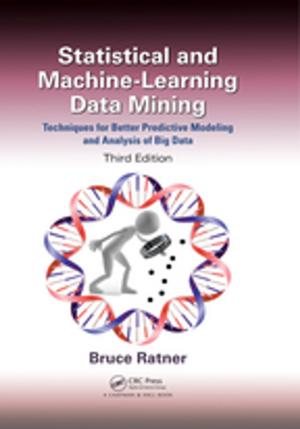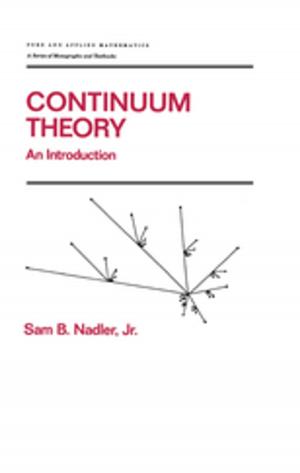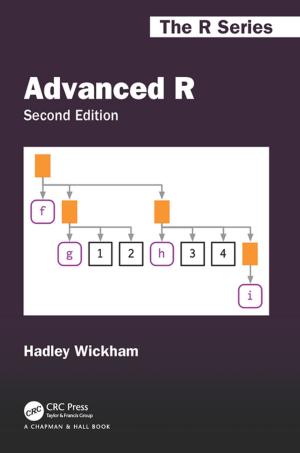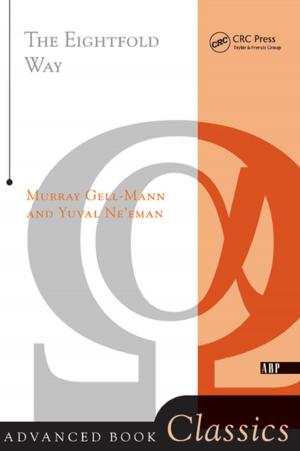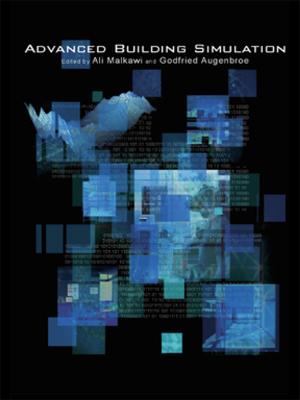Hidden Markov Models for Time Series
An Introduction Using R, Second Edition
Nonfiction, Science & Nature, Mathematics, Statistics| Author: | Walter Zucchini, Iain L. MacDonald, Roland Langrock | ISBN: | 9781315355207 |
| Publisher: | CRC Press | Publication: | December 19, 2017 |
| Imprint: | Chapman and Hall/CRC | Language: | English |
| Author: | Walter Zucchini, Iain L. MacDonald, Roland Langrock |
| ISBN: | 9781315355207 |
| Publisher: | CRC Press |
| Publication: | December 19, 2017 |
| Imprint: | Chapman and Hall/CRC |
| Language: | English |
Hidden Markov Models for Time Series: An Introduction Using R, Second Edition illustrates the great flexibility of hidden Markov models (HMMs) as general-purpose models for time series data. The book provides a broad understanding of the models and their uses.
After presenting the basic model formulation, the book covers estimation, forecasting, decoding, prediction, model selection, and Bayesian inference for HMMs. Through examples and applications, the authors describe how to extend and generalize the basic model so that it can be applied in a rich variety of situations.
The book demonstrates how HMMs can be applied to a wide range of types of time series: continuous-valued, circular, multivariate, binary, bounded and unbounded counts, and categorical observations. It also discusses how to employ the freely available computing environment R to carry out the computations.
Features
- Presents an accessible overview of HMMs
- Explores a variety of applications in ecology, finance, epidemiology, climatology, and sociology
- Includes numerous theoretical and programming exercises
- Provides most of the analysed data sets online
New to the second edition
- A total of five chapters on extensions, including HMMs for longitudinal data, hidden semi-Markov models and models with continuous-valued state process
- New case studies on animal movement, rainfall occurrence and capture-recapture data
Hidden Markov Models for Time Series: An Introduction Using R, Second Edition illustrates the great flexibility of hidden Markov models (HMMs) as general-purpose models for time series data. The book provides a broad understanding of the models and their uses.
After presenting the basic model formulation, the book covers estimation, forecasting, decoding, prediction, model selection, and Bayesian inference for HMMs. Through examples and applications, the authors describe how to extend and generalize the basic model so that it can be applied in a rich variety of situations.
The book demonstrates how HMMs can be applied to a wide range of types of time series: continuous-valued, circular, multivariate, binary, bounded and unbounded counts, and categorical observations. It also discusses how to employ the freely available computing environment R to carry out the computations.
Features
- Presents an accessible overview of HMMs
- Explores a variety of applications in ecology, finance, epidemiology, climatology, and sociology
- Includes numerous theoretical and programming exercises
- Provides most of the analysed data sets online
New to the second edition
- A total of five chapters on extensions, including HMMs for longitudinal data, hidden semi-Markov models and models with continuous-valued state process
- New case studies on animal movement, rainfall occurrence and capture-recapture data

